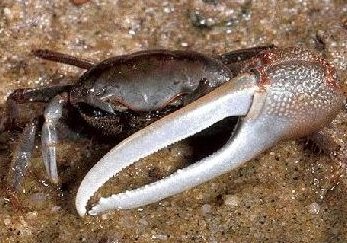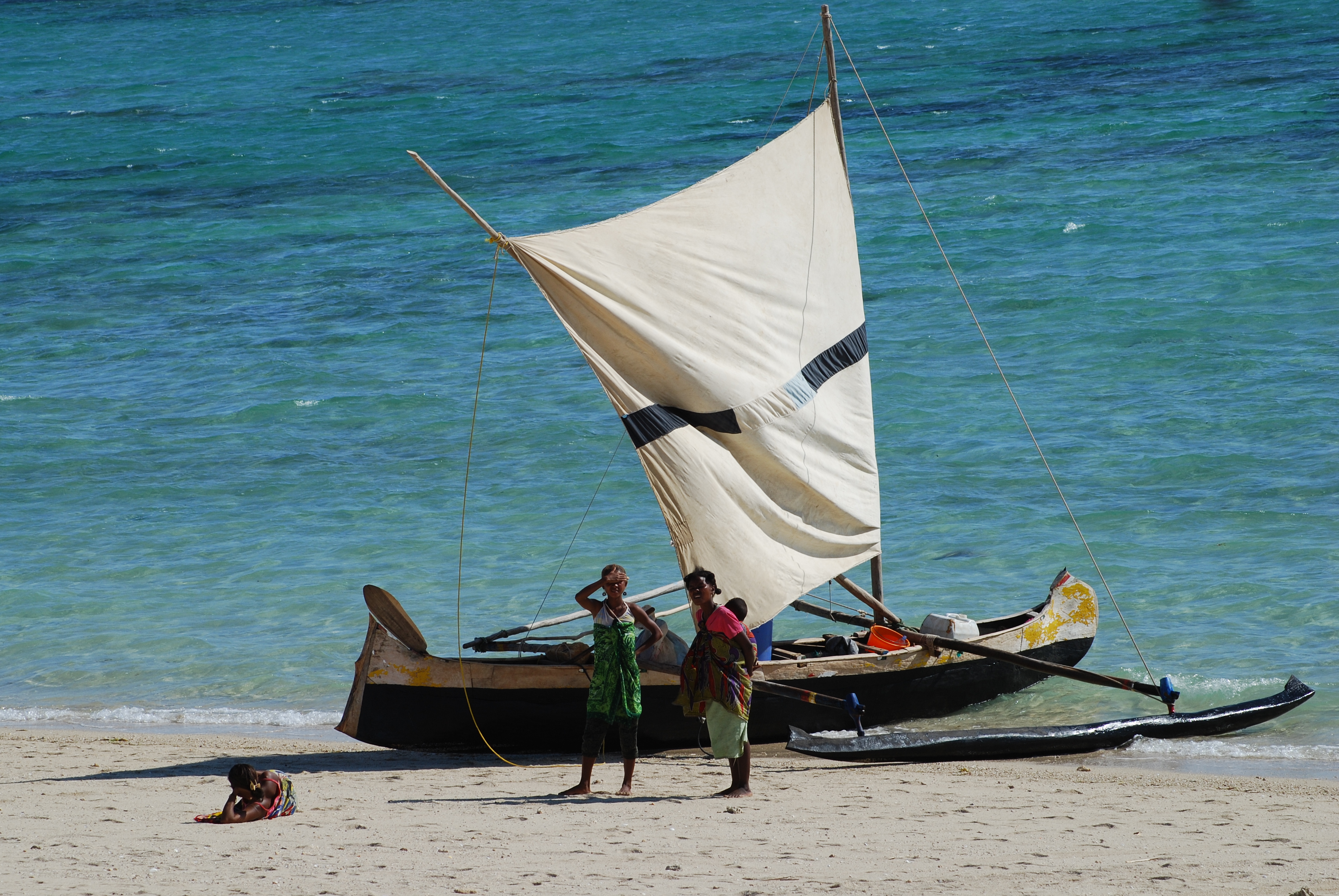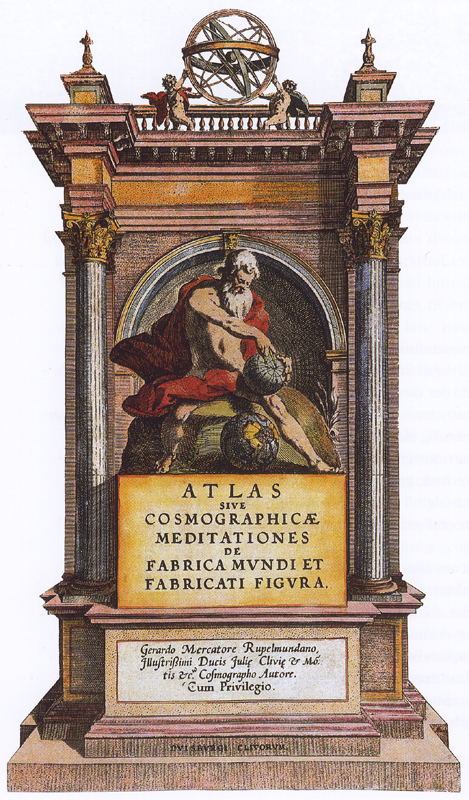|
Oceanic Lateen
The crab claw sail is a fore-and-aft triangular sail with spars along upper and lower edges. The crab claw sail was first developed by the Austronesian peoples some time around 1500 BC. It is used in many traditional Austronesian cultures in Island Southeast Asia, Micronesia, Island Melanesia, Polynesia, and Madagascar. Due to its extraordinary performance and ease of operation, it has also become very popular in modern sport sailing. It is sometimes known as the Oceanic lateen or the Oceanic sprit, even though it is not restricted to Oceania, is neither a lateen sail nor a spritsail, and has an independent older origin. History Crab-claw sails were invented by the Austronesians somewhere in Island Southeast Asia at no later than 1500 BCE. It was derived from a more ancient mast-less V-shaped square rig consisting simply of a square or triangular sail on two spars perpendicular to the hull converging at the base. It spread with the Austronesian migration to Micronesia, ... [...More Info...] [...Related Items...] OR: [Wikipedia] [Google] [Baidu] |
Austronesian Sail Types who carried Austronesian languages on their migrations
{{disambiguation ...
Austronesian may refer to: *The Austronesian languages *The historical Austronesian peoples The Austronesian peoples, sometimes referred to as Austronesian-speaking peoples, are a large group of peoples in Taiwan, Maritime Southeast Asia, Micronesia, coastal New Guinea, Island Melanesia, Polynesia, and Madagascar that speak Austro ... [...More Info...] [...Related Items...] OR: [Wikipedia] [Google] [Baidu] |
Double-outrigger
A trimaran (or double-outrigger) is a multihull boat that comprises a main hull and two smaller outrigger hulls (or "floats") which are attached to the main hull with lateral beams. Most modern trimarans are sailing yachts designed for recreation or racing; others are ferries or warships. They originated from the traditional double-outrigger hulls of the Austronesian cultures of Maritime Southeast Asia; particularly in the Philippines and Eastern Indonesia, where it remains the dominant hull design of traditional fishing boats. Double-outriggers are derived from the older catamaran and single-outrigger boat designs. Terminology The word "trimaran" is a portmanteau of "tri" and "(cata)maran", a term that is thought to have been coined by Victor Tchetchet, a pioneering, Ukrainian-born modern multihull designer. Trimarans consist of a main hull connected to outrigger floats on either side by a crossbeam, wing, or other form of superstructure—the traditional Polynesian terms f ... [...More Info...] [...Related Items...] OR: [Wikipedia] [Google] [Baidu] |
Easter Island
Easter Island ( rap, Rapa Nui; es, Isla de Pascua) is an island and special territory of Chile in the southeastern Pacific Ocean, at the southeasternmost point of the Polynesian Triangle in Oceania. The island is most famous for its nearly 1,000 extant monumental statues, called ''moai'', which were created by the early Rapa Nui people. In 1995, UNESCO named Easter Island a World Heritage Site, with much of the island protected within Rapa Nui National Park. Experts disagree on when the island's Polynesian inhabitants first reached the island. While many in the research community cited evidence that they arrived around the year 800, there is compelling evidence presented in a 2007 study that places their arrival closer to 1200. The inhabitants created a thriving and industrious culture, as evidenced by the island's numerous enormous stone ''moai'' and other artifacts. However, land clearing for cultivation and the introduction of the Polynesian rat led to gradual deforest ... [...More Info...] [...Related Items...] OR: [Wikipedia] [Google] [Baidu] |
Pandanus
''Pandanus'' is a genus of monocots with some 750 accepted species. They are palm-like, dioecious trees and shrubs native to the Old World tropics and subtropics. The greatest number of species are found in Madagascar and Malaysia. Common names include pandan, screw palm, and screw pine. They are classified in the order Pandanales, family Pandanaceae. Description Often called pandanus palms, these plants are not closely related to palm trees. The species vary in size from small shrubs less than tall, to medium-sized trees tall, typically with a broad canopy, heavy fruit, and moderate growth rate. The trunk is stout, wide-branching, and ringed with many leaf scars. Mature plants can have branches. Depending on the species, the trunk can be smooth, rough, or warty. The roots form a pyramidal tract to hold the trunk. They commonly have many thick stilt roots near the base, which provide support as the tree grows top-heavy with leaves, fruit, and branches. These roots are adven ... [...More Info...] [...Related Items...] OR: [Wikipedia] [Google] [Baidu] |
Chela (organ)
A chela ()also called a claw, nipper, or pinceris a pincer (biology), pincer-like organ at the end of certain limbs of some arthropods. The name comes from Ancient Greek , through New Latin '. The plural form is chelae. Legs bearing a chela are called chelipeds. Another name is ''claw'' because most chelae are curved and have a sharp point like a claw. Chelae can be present at the tips of arthropod legs as well as their pedipalps. Chelae are distinct from spider chelicerae in that they do not contain venomous glands and cannot distribute venom. See also * Pincer (biology) * Pincer (tool) References Arthropod anatomy {{Arthropod-anatomy-stub ... [...More Info...] [...Related Items...] OR: [Wikipedia] [Google] [Baidu] |
Tanja Sail
Tanja sail (Malay language, Malay: ''layar tanjak'') or tanja rig is a type of sail commonly used by the Austronesian peoples, Austronesian people, particularly in Maritime Southeast Asia. It is also known as the tilted square sail, canted rectangular sail, rectangular balance lug, or Lug sail#Types, balance lug sail in English.Needham, Joseph (1971). ''Science and Civilisation in China: Volume 4, Physics and Physical Technology, Part III: Civil Engineering and Nautics''. Cambridge: Cambridge University Press. In historical sources, tanja sail is sometimes incorrectly referred to as Lateen Sail, lateen sail or simply square sail. Etymology Also called tanjaq, tanjak, tanja', tanjong, or tanjung sail. The Mandar people call it ''sombal tanjaq'' because when the wind blows the lower part of the sail (''peloang'') would "''mattanjaq''" (lit. "kick"). In colonial British records, it is sometimes written as "lyre ''tanjong''", a misspelling of ''layar tanjong'' (''layar'' means "sail" ... [...More Info...] [...Related Items...] OR: [Wikipedia] [Google] [Baidu] |
Shunting (sailing)
The crab claw sail is a fore-and-aft triangular sail with spars along upper and lower edges. The crab claw sail was first developed by the Austronesian peoples some time around 1500 BC. It is used in many traditional Austronesian cultures in Island Southeast Asia, Micronesia, Island Melanesia, Polynesia, and Madagascar. Due to its extraordinary performance and ease of operation, it has also become very popular in modern sport sailing. It is sometimes known as the Oceanic lateen or the Oceanic sprit, even though it is not restricted to Oceania, is neither a lateen sail nor a spritsail, and has an independent older origin. History Crab-claw sails were invented by the Austronesians somewhere in Island Southeast Asia at no later than 1500 BCE. It was derived from a more ancient mast-less V-shaped square rig consisting simply of a square or triangular sail on two spars perpendicular to the hull converging at the base. It spread with the Austronesian migration to Micronesia, Island M ... [...More Info...] [...Related Items...] OR: [Wikipedia] [Google] [Baidu] |
Proa
Proas are various types of multi-hull outrigger sailboats of the Austronesian peoples. The terms were used for native Austronesian ships in European records during the Colonial era indiscriminately, and thus can confusingly refer to the double-ended single-outrigger boats of Oceania, the double-outrigger boats of Island Southeast Asia, and sometimes ships with no outriggers or sails at all. In its most common usage, the term ''proa'' refers to the Pacific proas which consist of two (usually) unequal-length parallel hulls. It is sailed so that one hull is kept to windward, and the other to leeward. It is double-ended, since it needs to " shunt" to reverse direction when tacking. It is most famously used for the ''sakman'' ships of the Chamorro people of the Northern Marianas, which were known as the "flying proas" for their remarkable speed. In Island Southeast Asia, the term ''proa'' may also sometimes be used, but the terms perahu, prau, prahu, paraw and prow are more ... [...More Info...] [...Related Items...] OR: [Wikipedia] [Google] [Baidu] |
Halyard
In sailing, a halyard or halliard is a line (rope) that is used to hoist a ladder, sail, flag or yard. The term ''halyard'' comes from the phrase "to haul yards". Halyards, like most other parts of the running rigging, were classically made of natural fibre like manila or hemp. Sail types * A square rig sail with a halyard is mounted on a lifting yard that is free to slide on a short section of the mast. The halyard is used to raise (hail or hal) the yard when setting the sail. * A gaff rigged sail has two; a throat halyard to lift the end of the gaff nearer the mast, and a peak halyard to lift the outer end. * A more modern triangular (Bermuda or "Marconi") sail has only one halyard which is attached at its uppermost point (the ''head''). Fastenings Halyards can be attached a number of ways to the head of a triangular sail. The most common methods are as follows: # A shackle through a headboard on the sail. # A bowline through a hole in the head. # A half hitch with a figure ... [...More Info...] [...Related Items...] OR: [Wikipedia] [Google] [Baidu] |
Atlas Pittoresque Pl 096
An atlas is a collection of maps; it is typically a bundle of maps of Earth or of a region of Earth. Atlases have traditionally been bound into book form, but today many atlases are in multimedia formats. In addition to presenting geographic features and political boundaries, many atlases often feature geopolitical, social, religious and economic statistics. They also have information about the map and places in it. Etymology The use of the word "atlas" in a geographical context dates from 1595 when the German-Flemish geographer Gerardus Mercator published ("Atlas or cosmographical meditations upon the creation of the universe and the universe as created"). This title provides Mercator's definition of the word as a description of the creation and form of the whole universe, not simply as a collection of maps. The volume that was published posthumously one year after his death is a wide-ranging text but, as the editions evolved, it became simply a collection of maps and it is ... [...More Info...] [...Related Items...] OR: [Wikipedia] [Google] [Baidu] |
Sprit
The spritsail is a four-sided, fore-and-aft sail that is supported at its highest points by the mast and a diagonally running spar known as the sprit. The foot of the sail can be stretched by a boom or held loose-footed just by its sheets. A spritsail has four corners: the throat, peak, clew, and tack. The Spritsail can also be used to describe a rig that uses a spritsail. Historically, spritsails were the first European fore-and-aft rigs, appearing in Greco-Roman navigation in the 2nd century BC. The rig The luff of the sail is bound to the mast, but unlike the gaff rig where the head is bound to a spar, this rig supports the leech of the sail by means of a diagonal spar or spars named a sprit ( ). The forward end of the sprit spar is attached to the mast, with the after end of the sprit spar attached to the peak. The sprit is steadied and controlled from the deck by a pair of wire vangs ( ) attached to the peak of the sail. It is said to be the ancestor of the common g ... [...More Info...] [...Related Items...] OR: [Wikipedia] [Google] [Baidu] |




.jpg)


